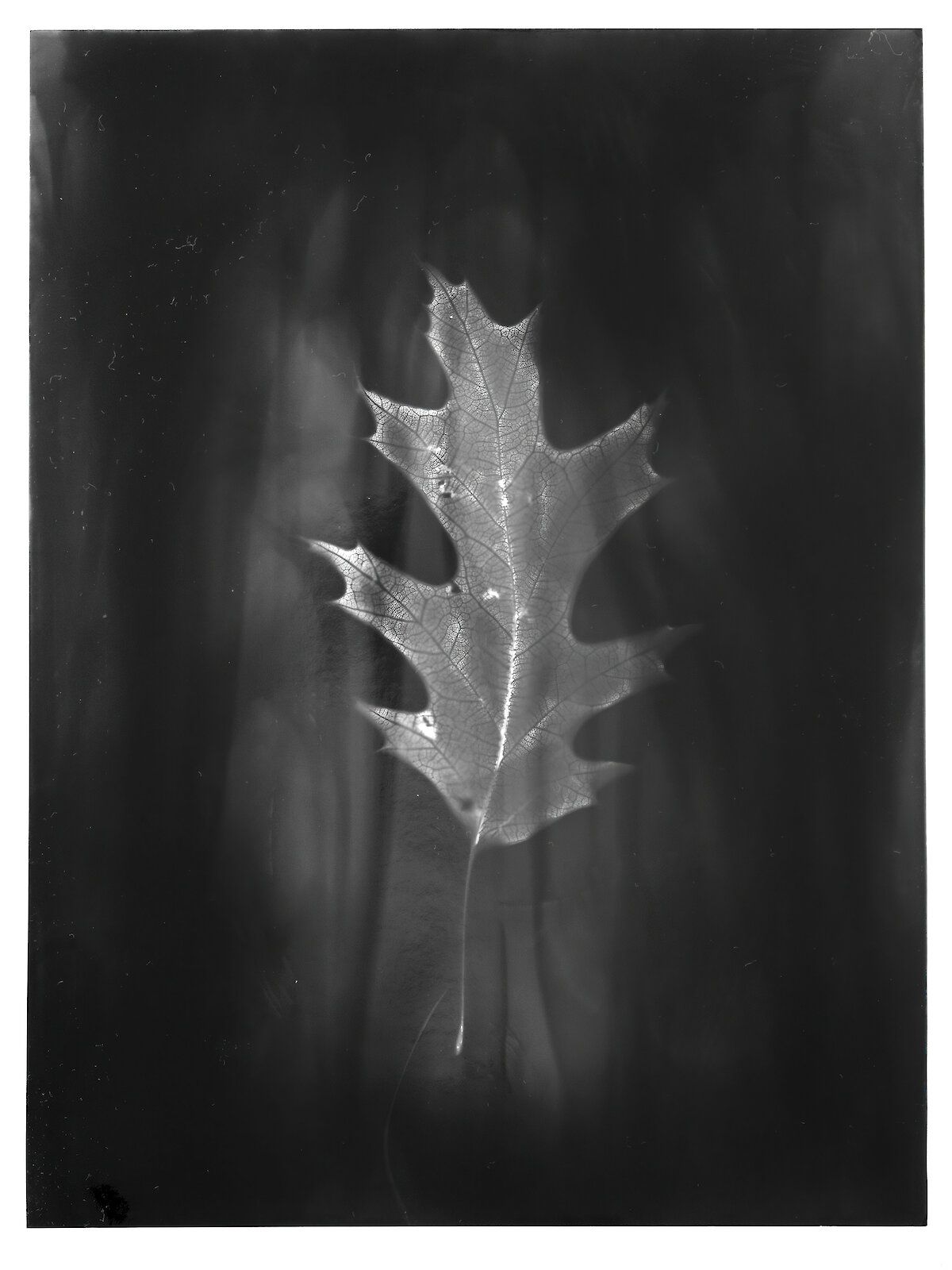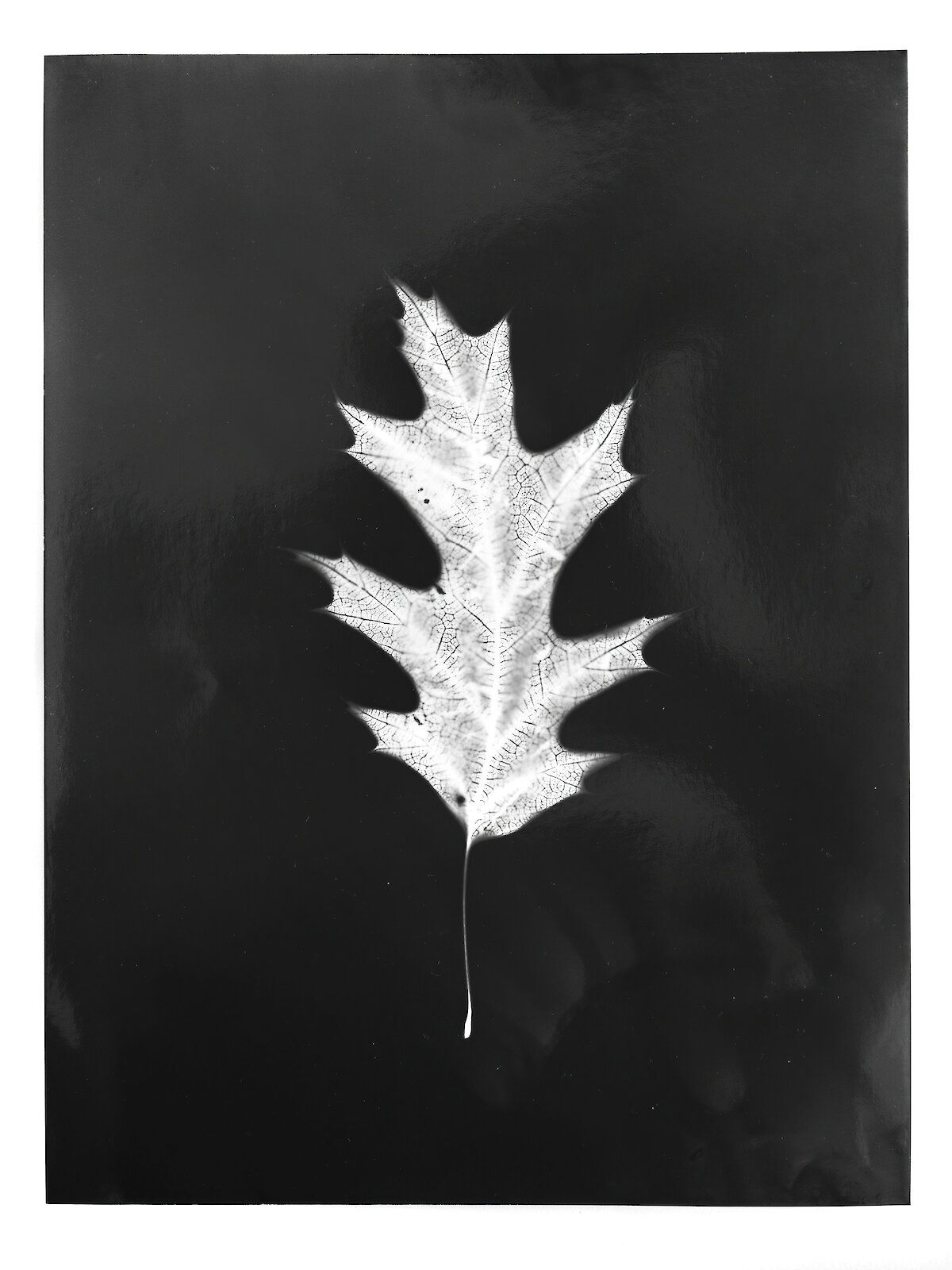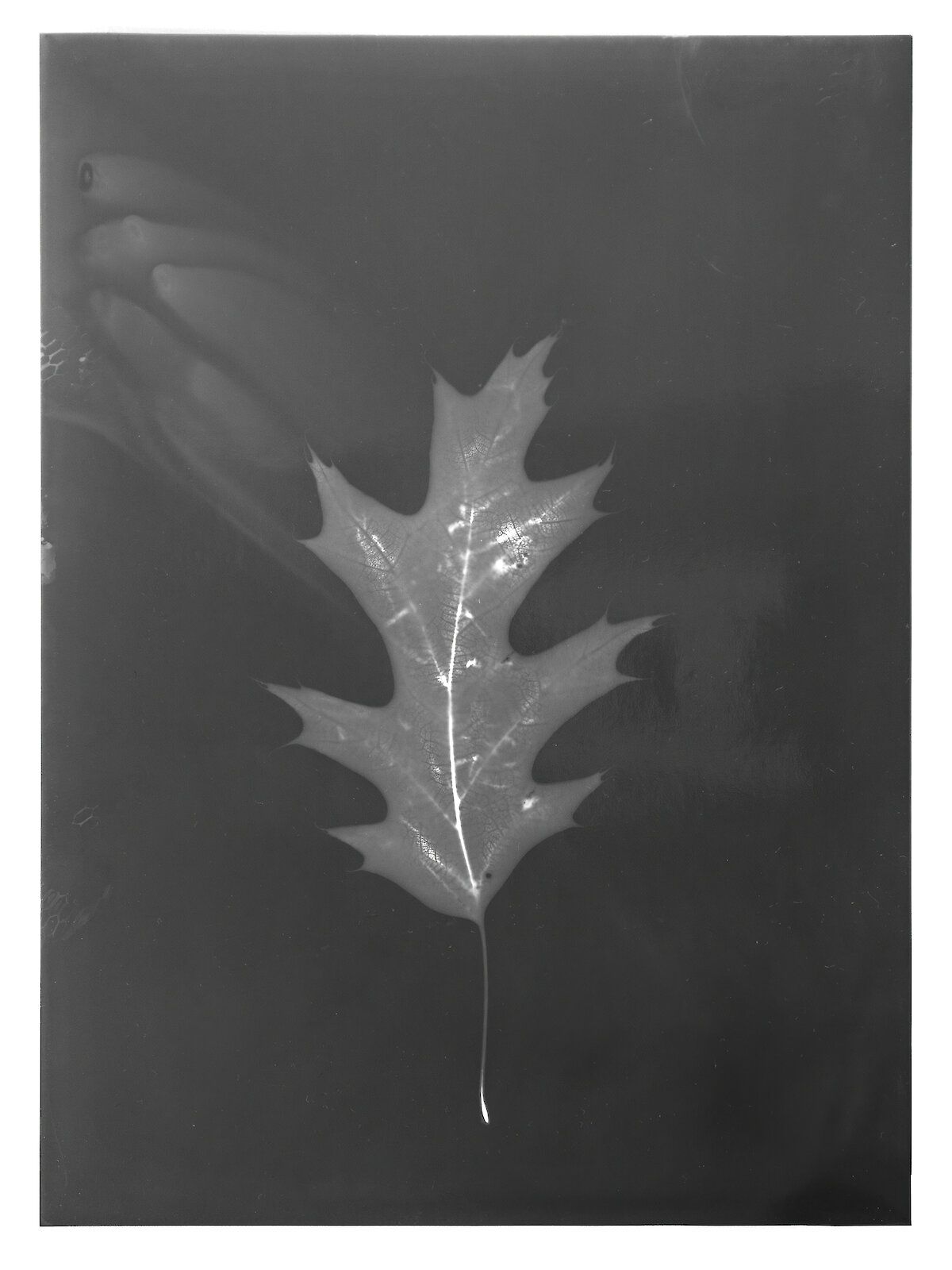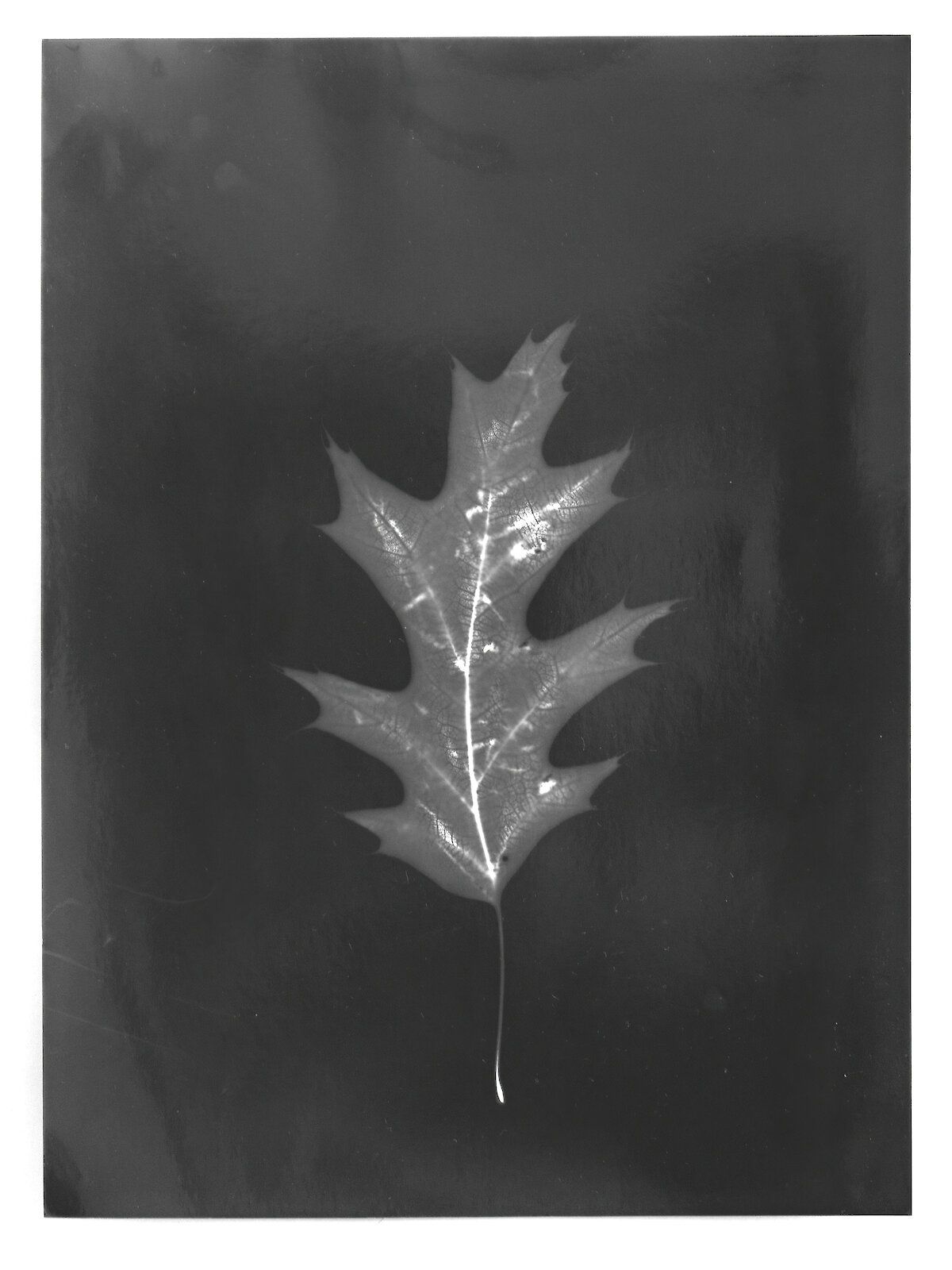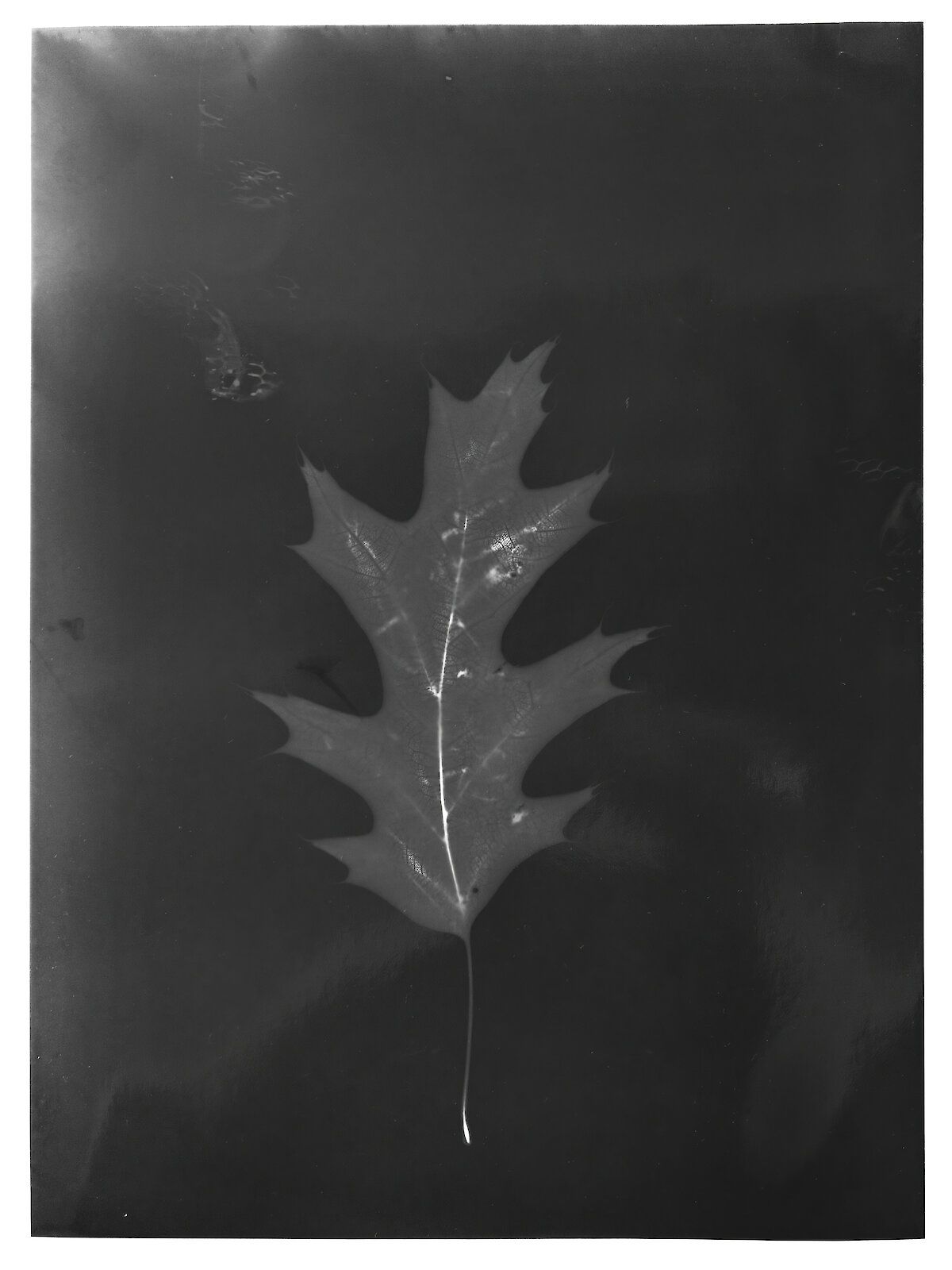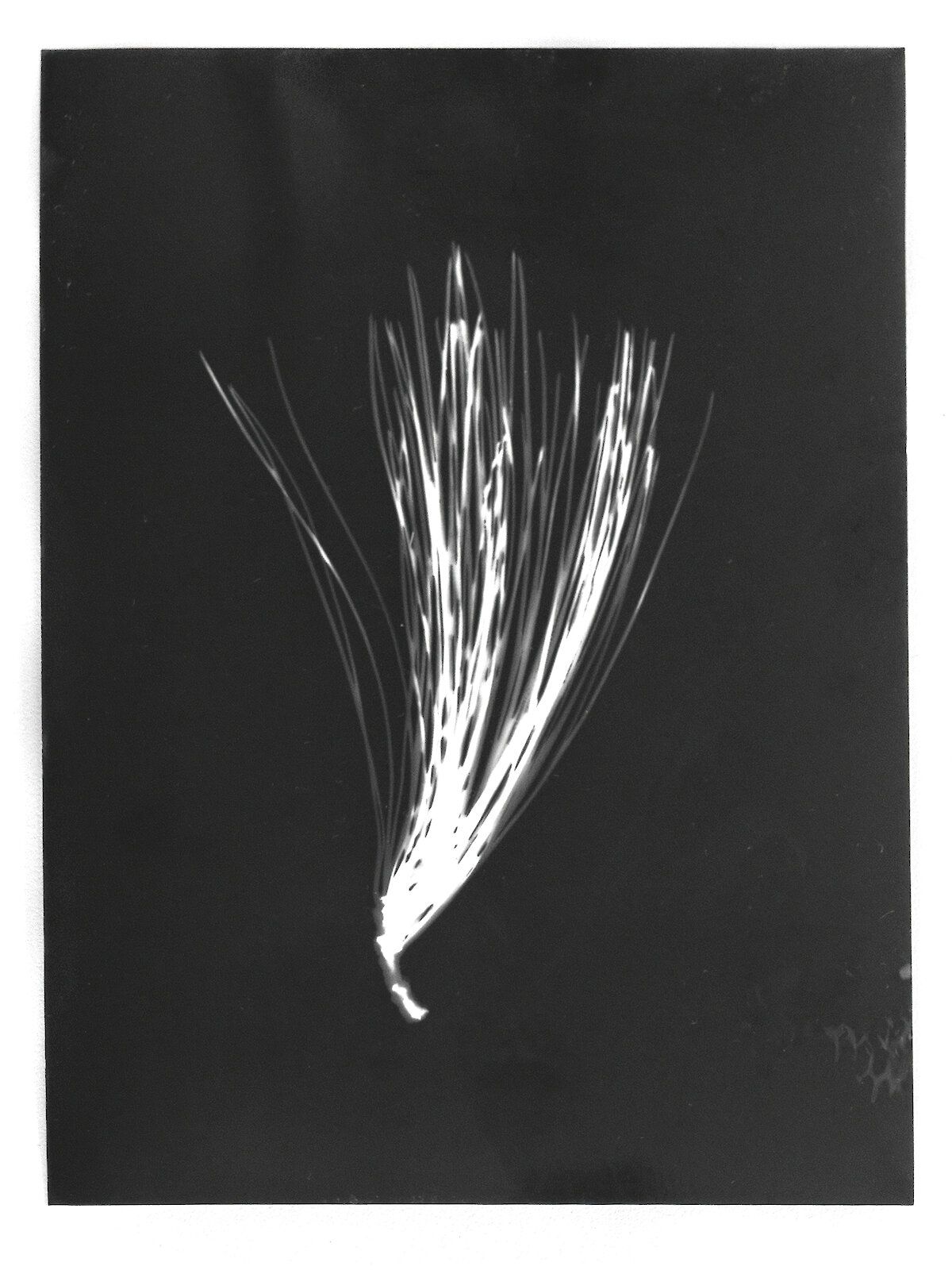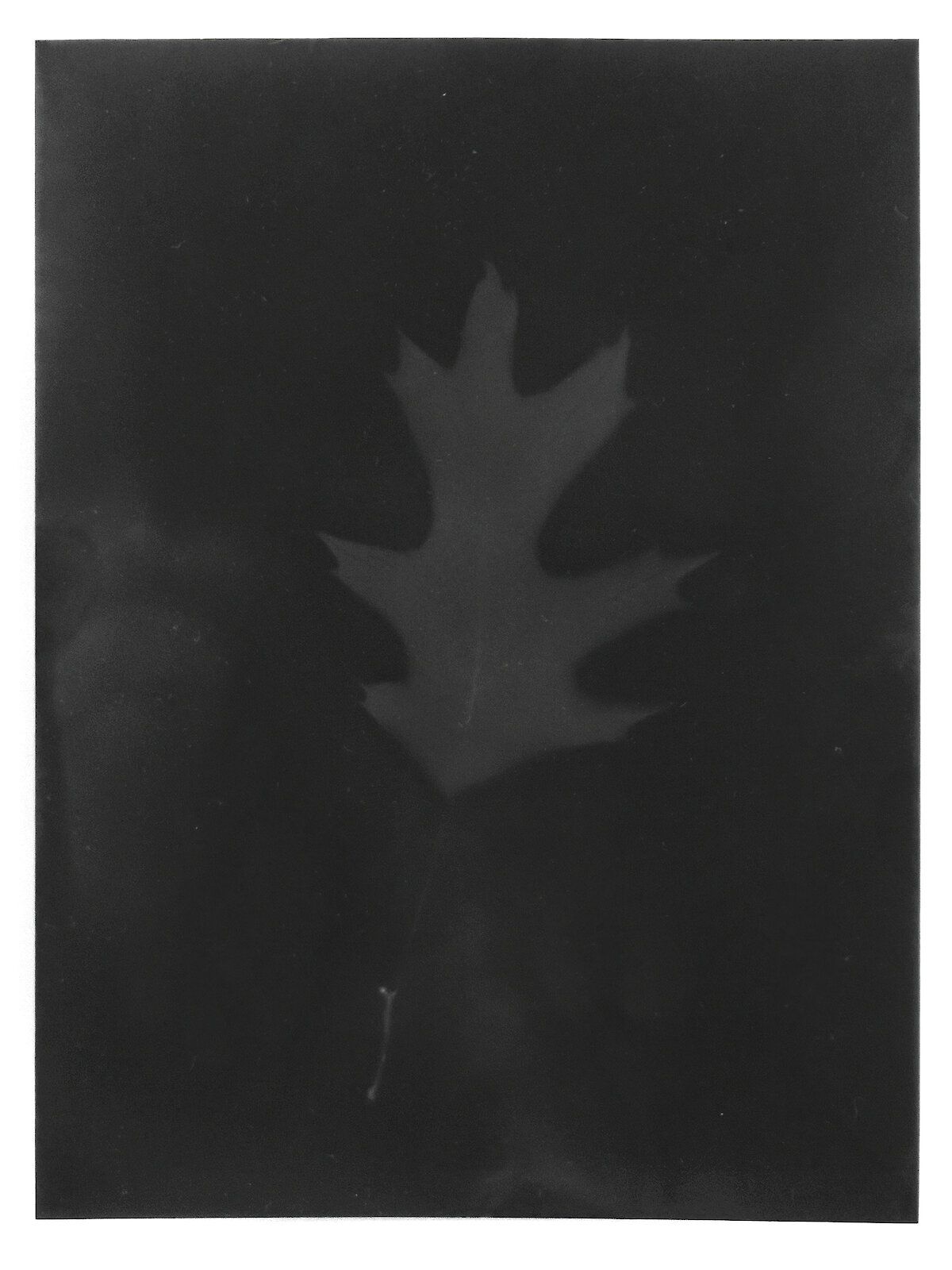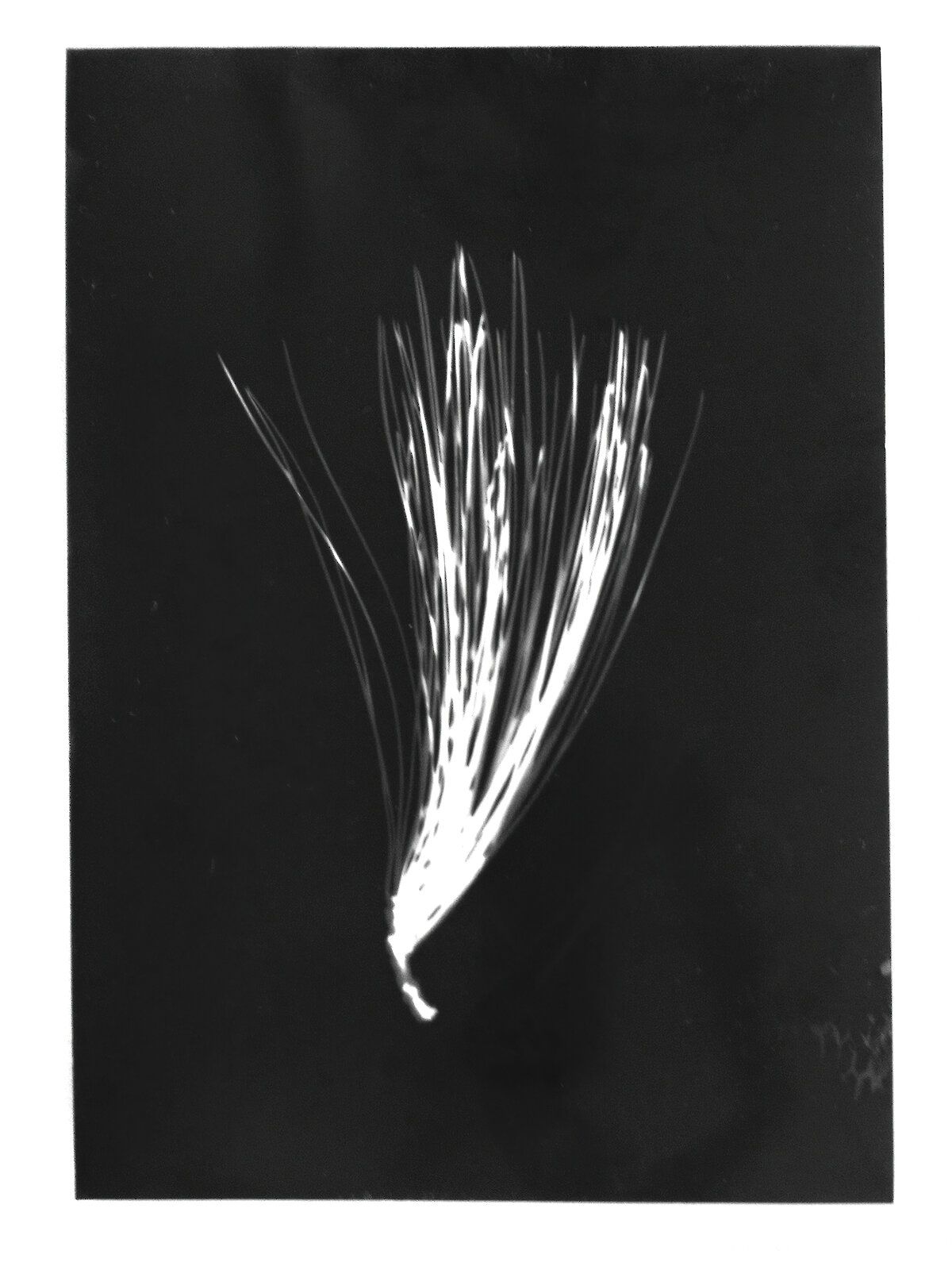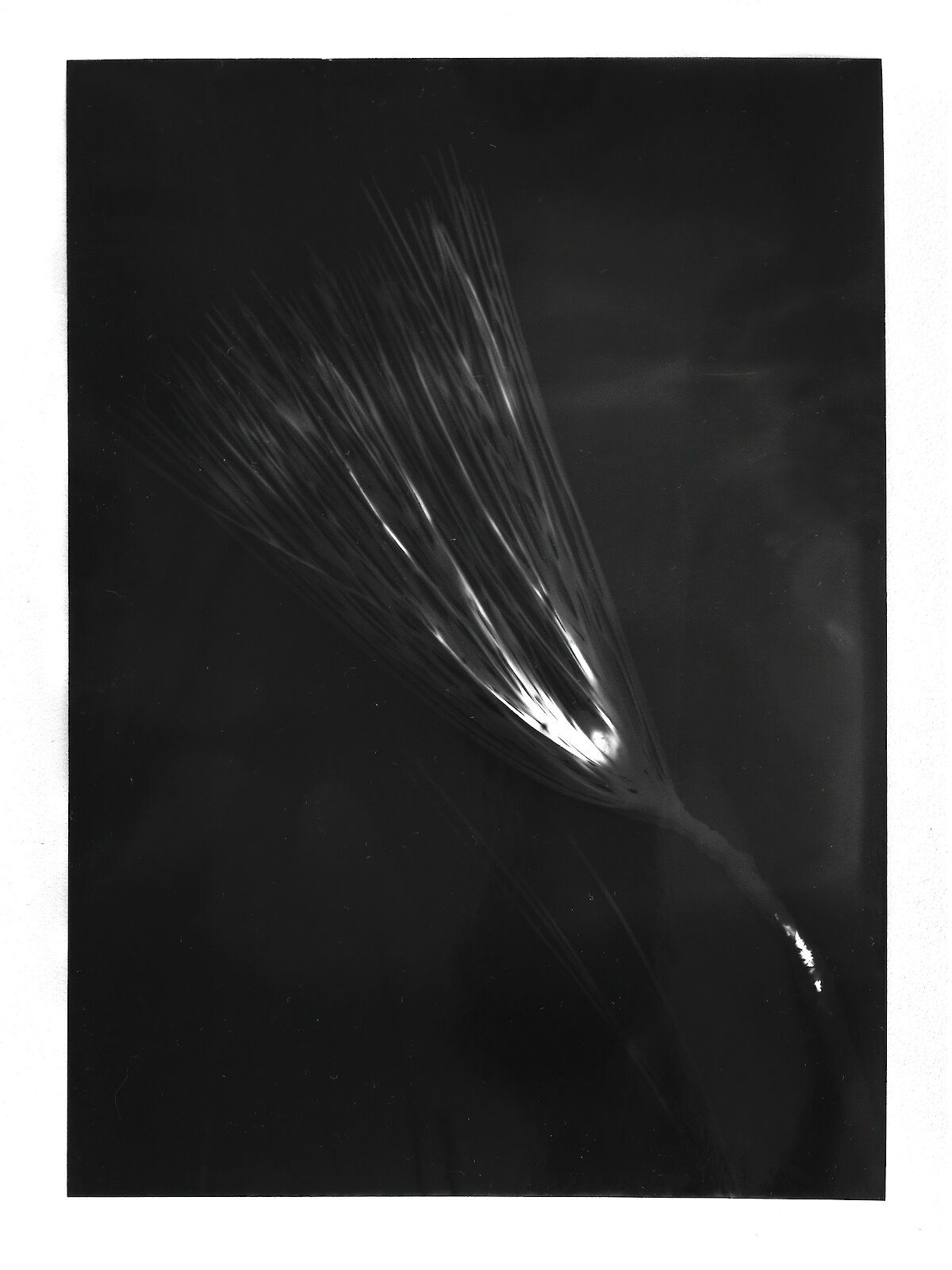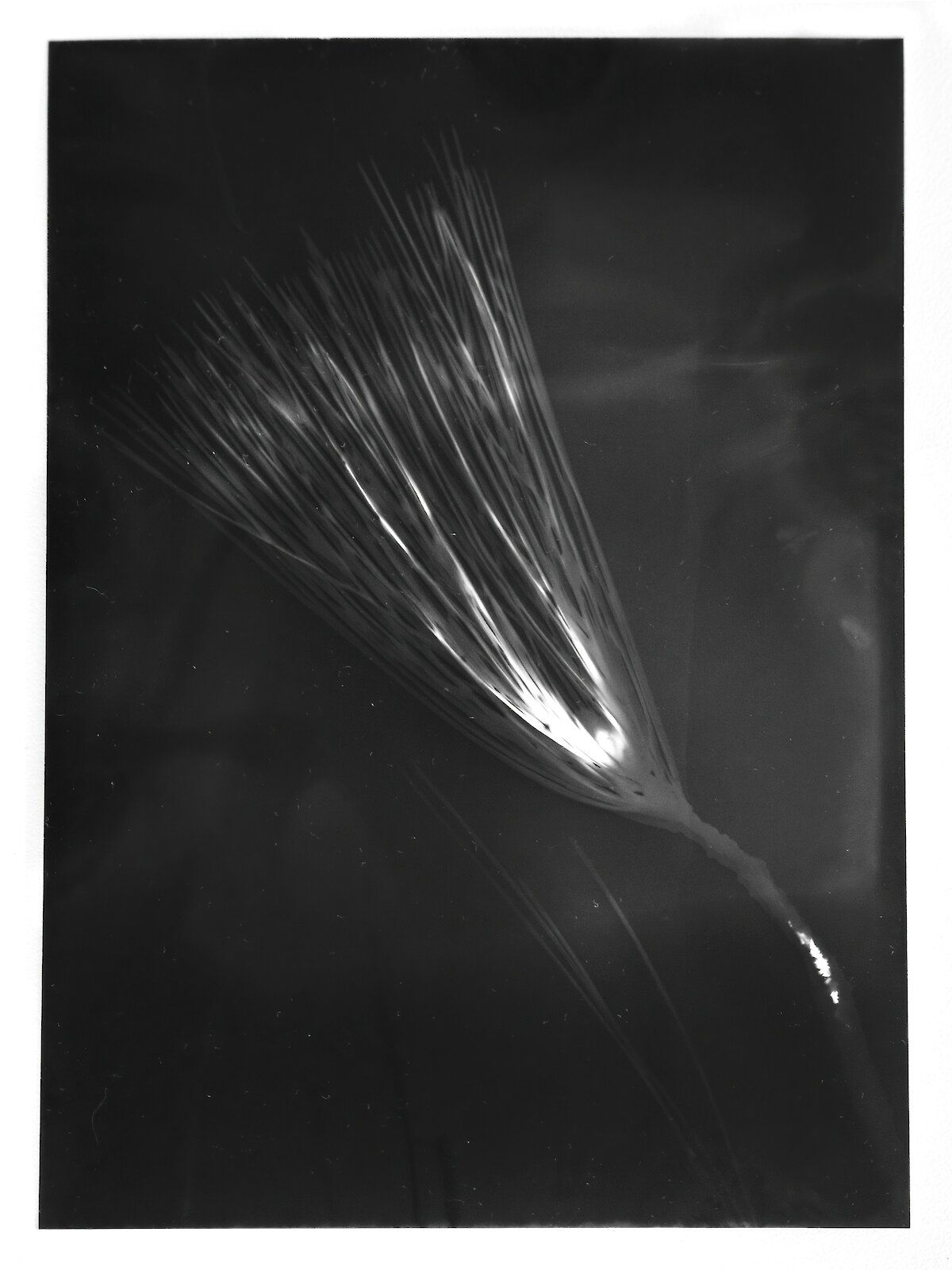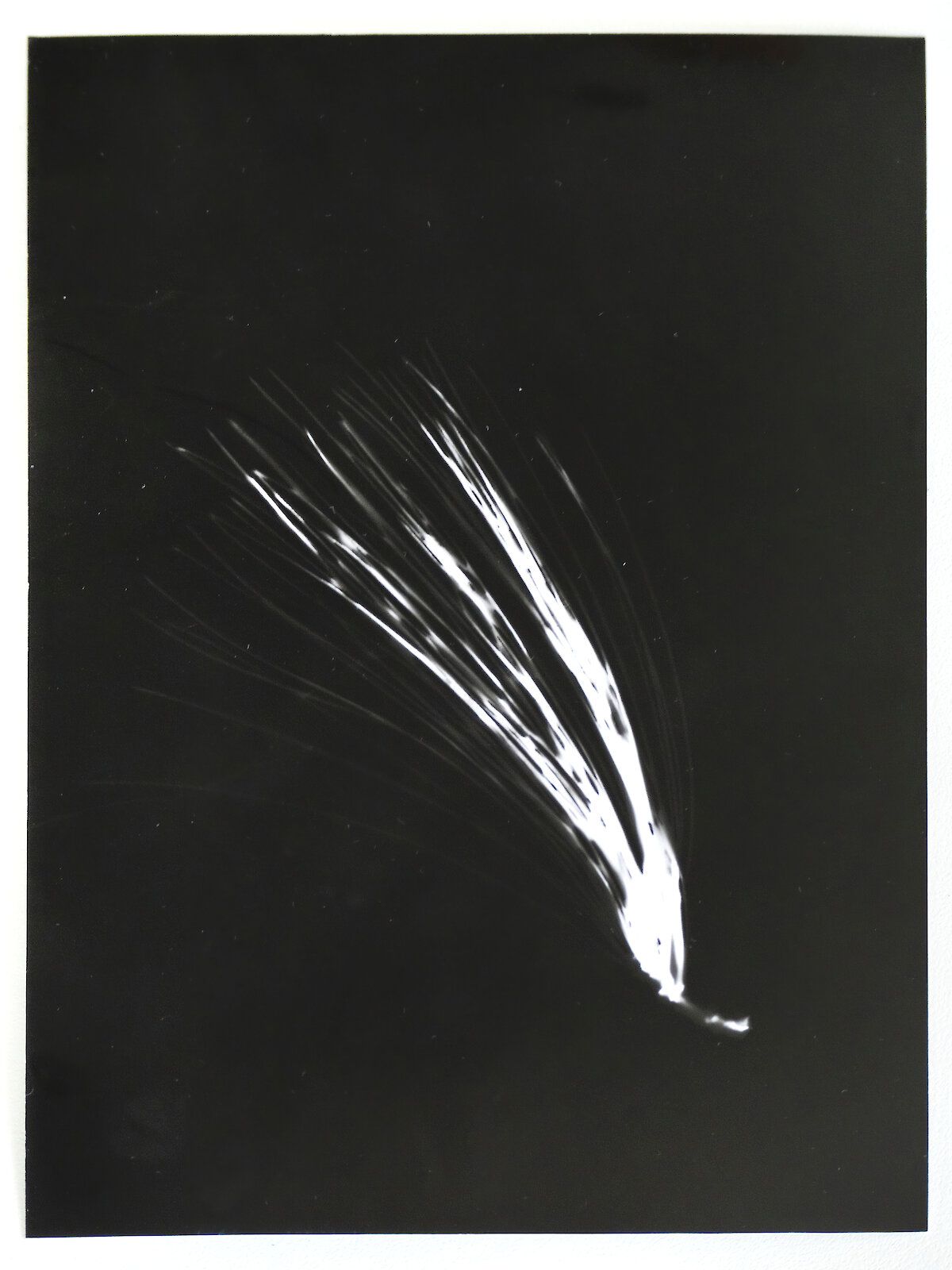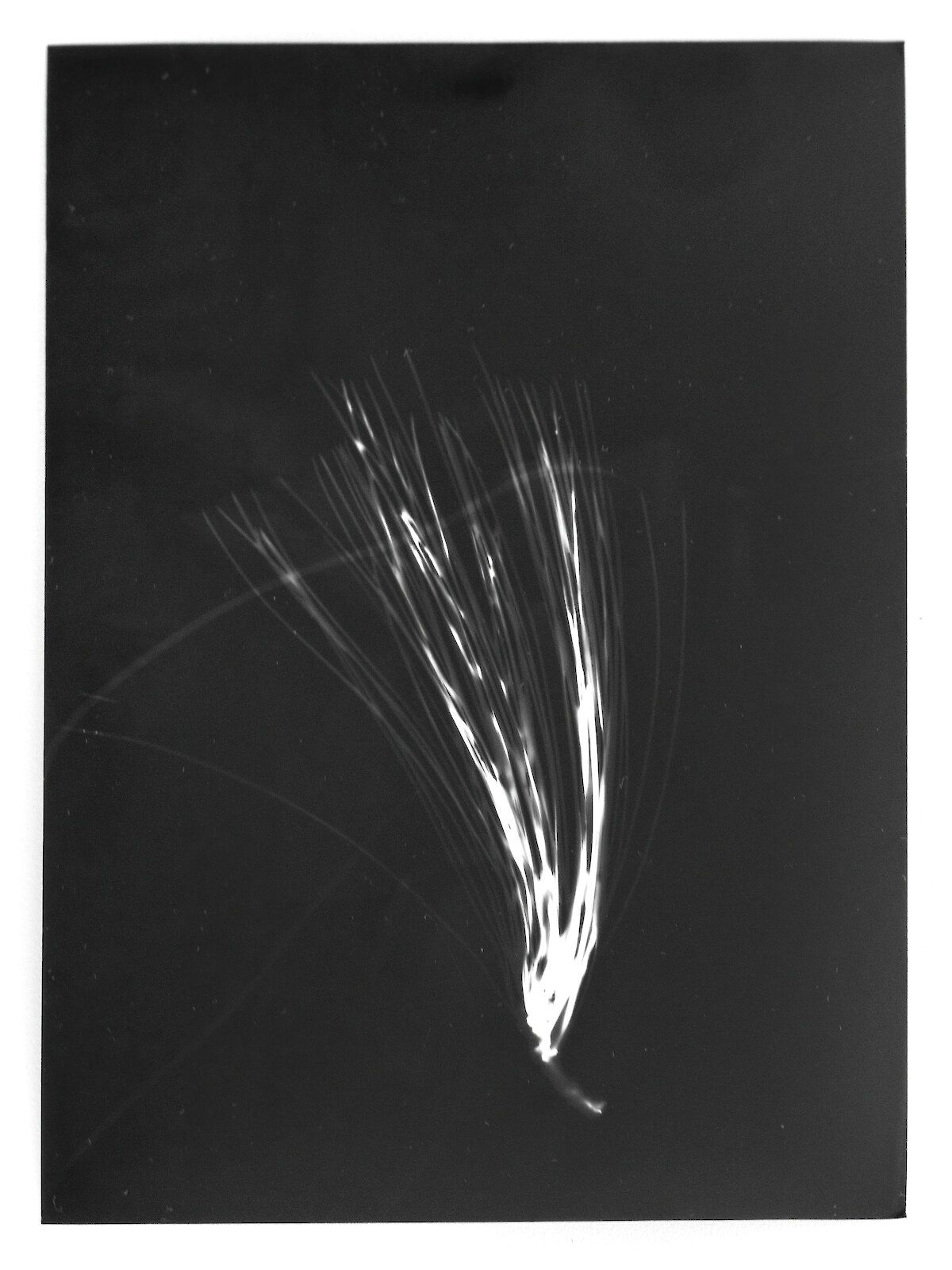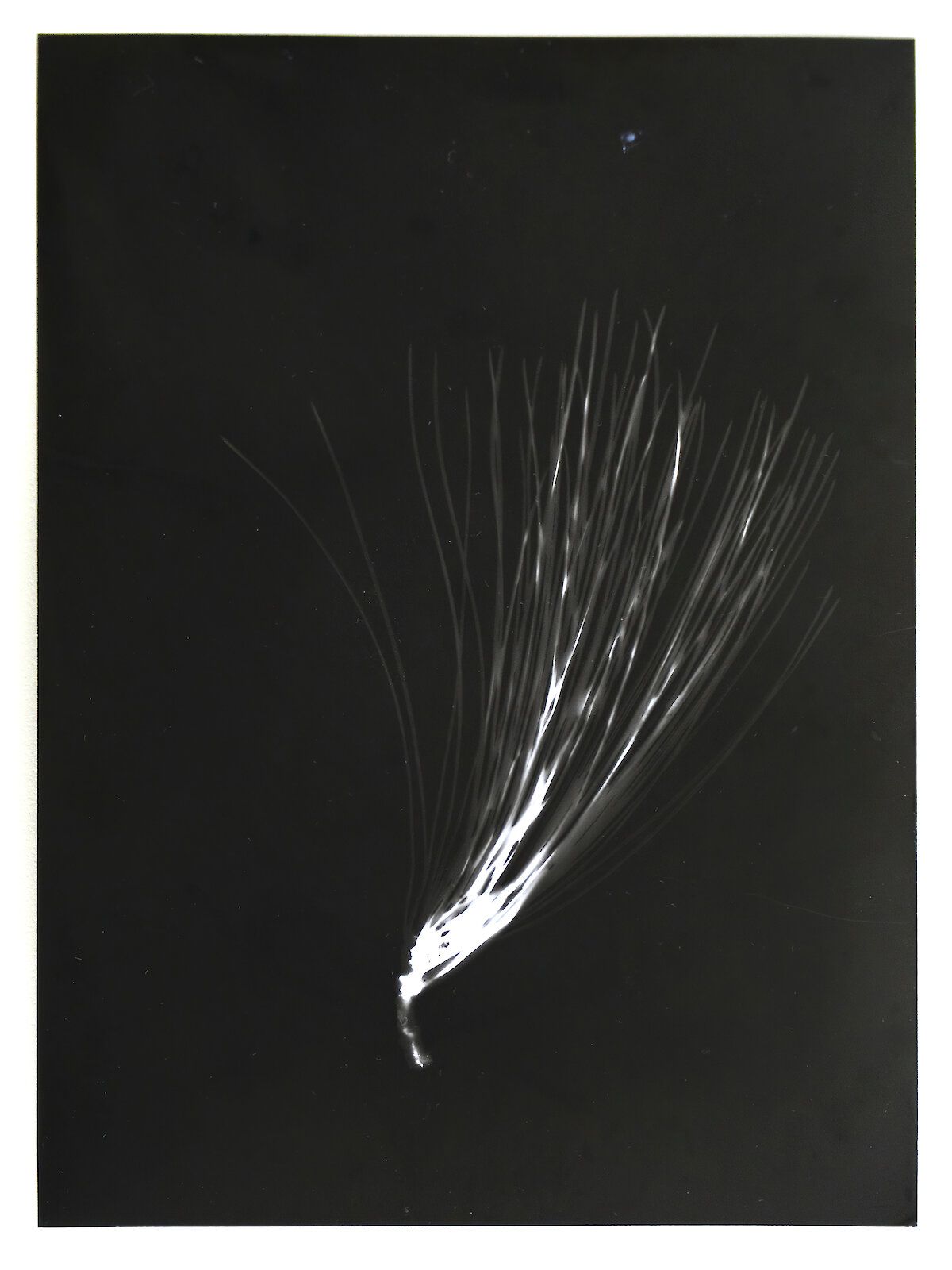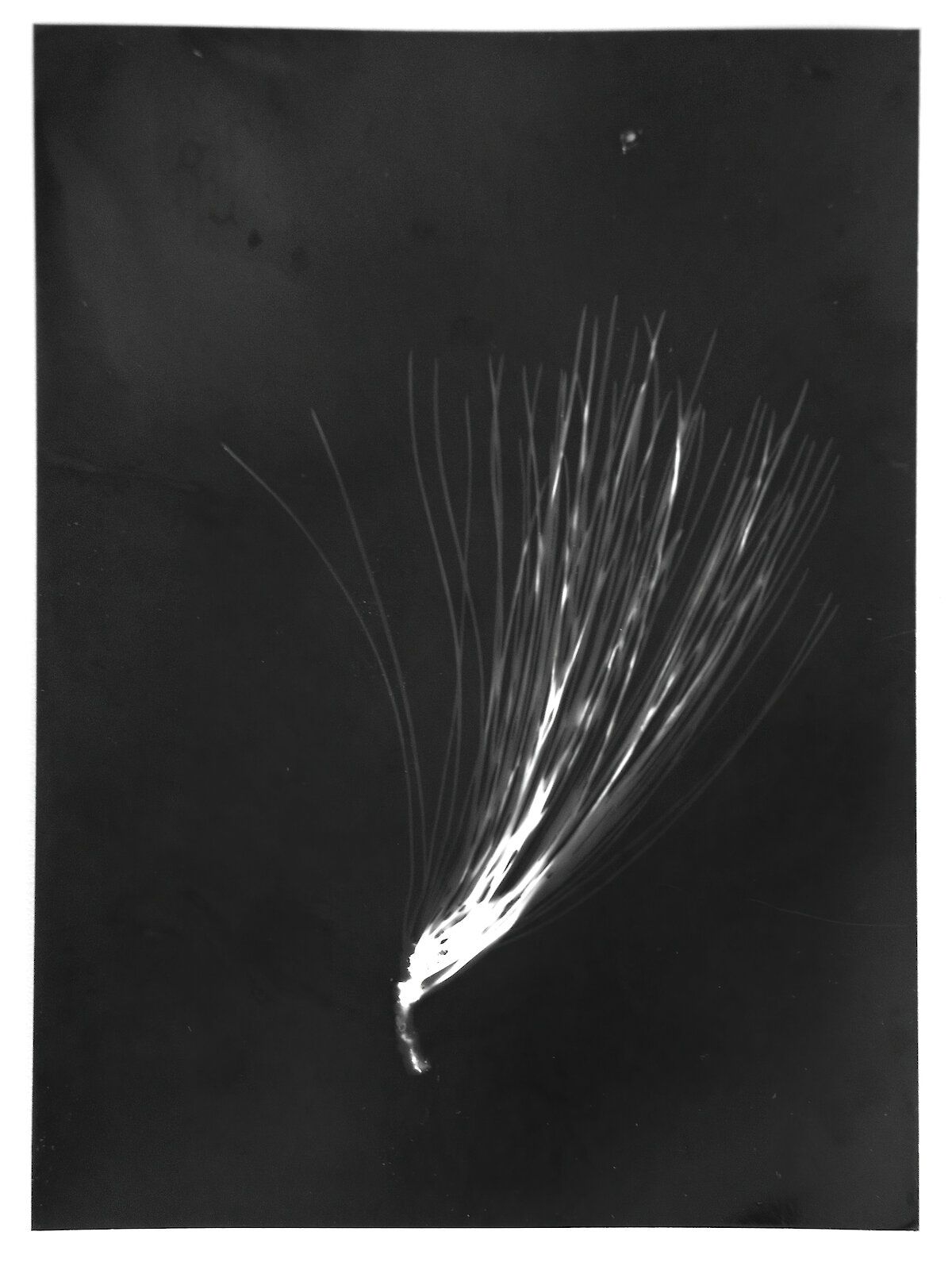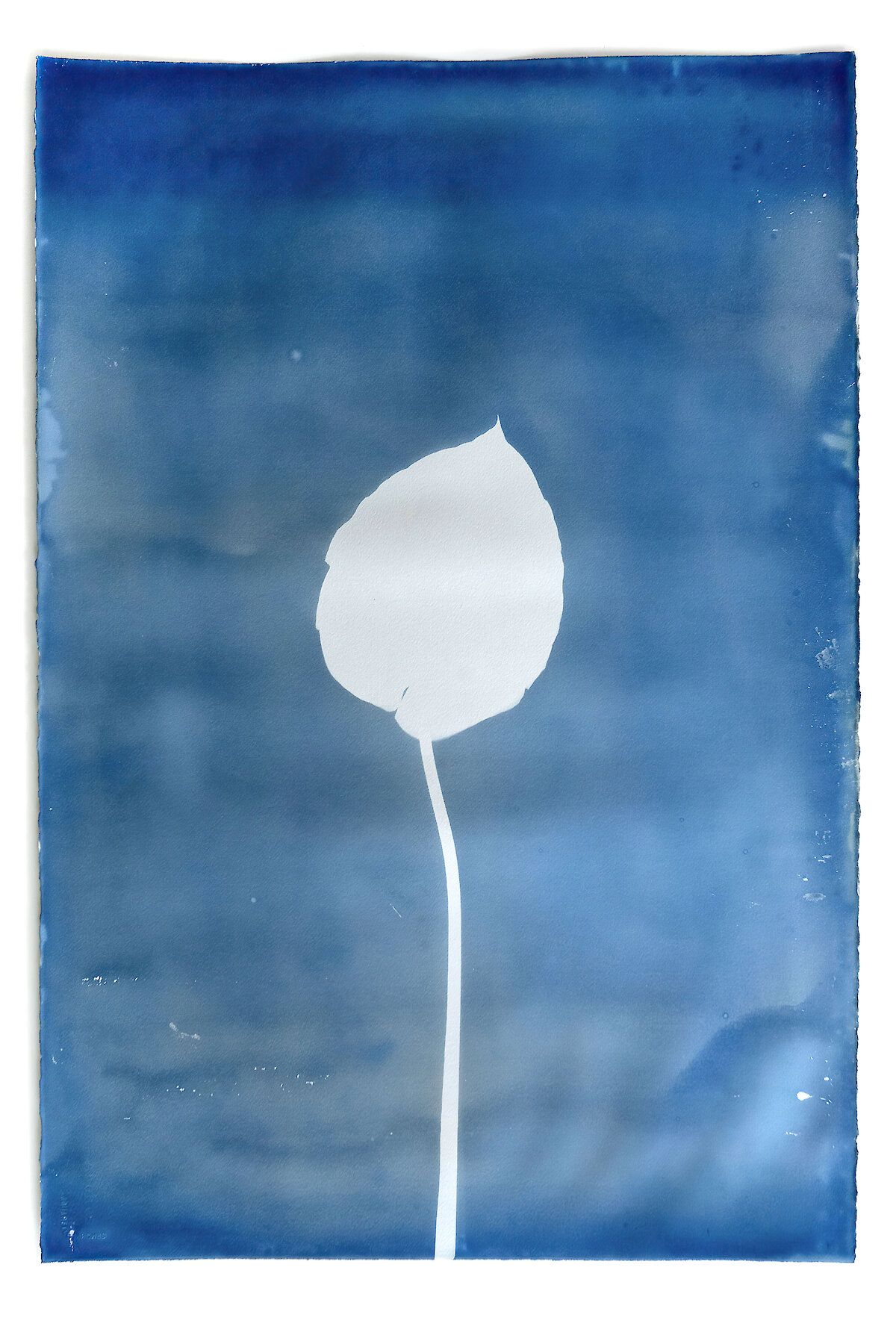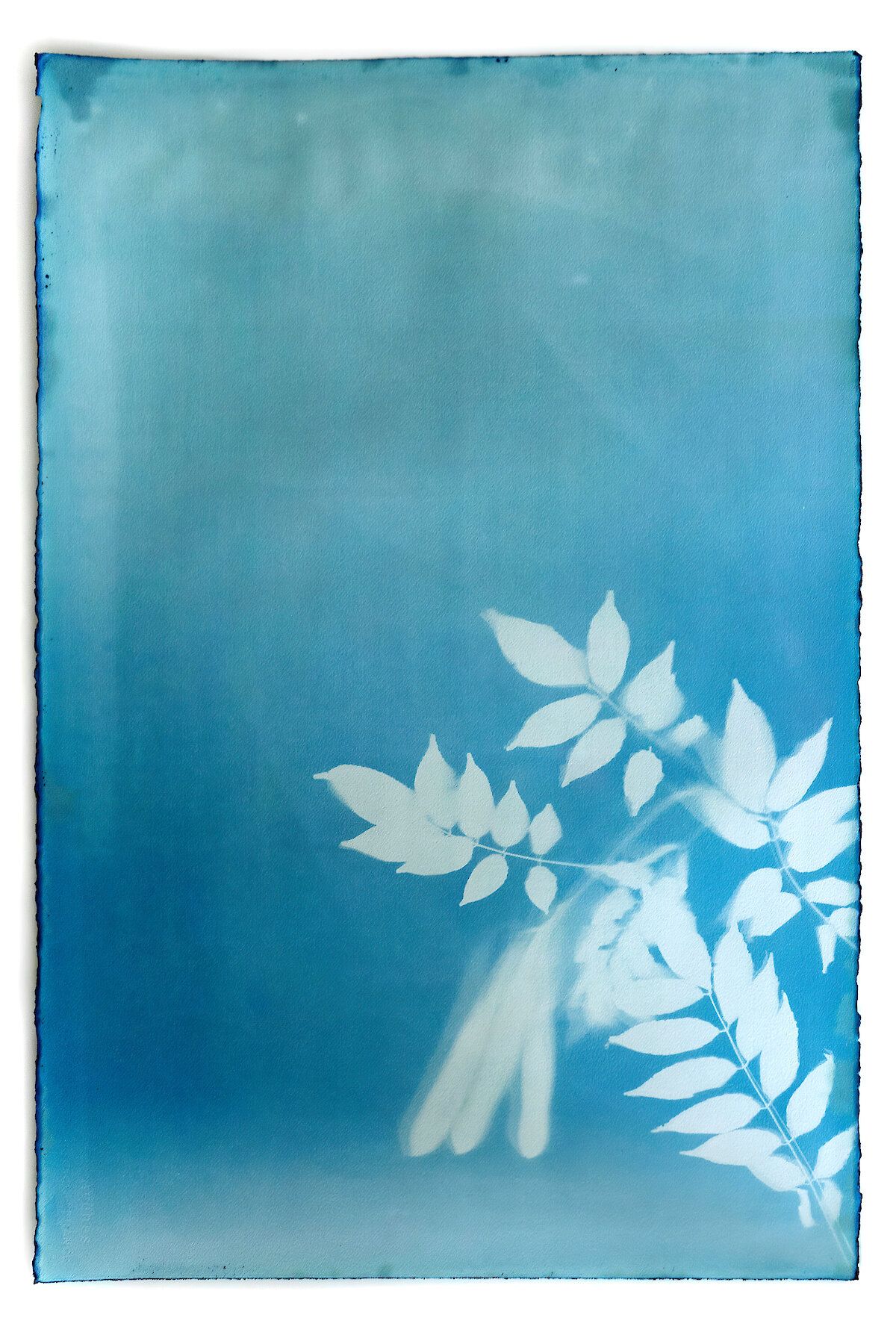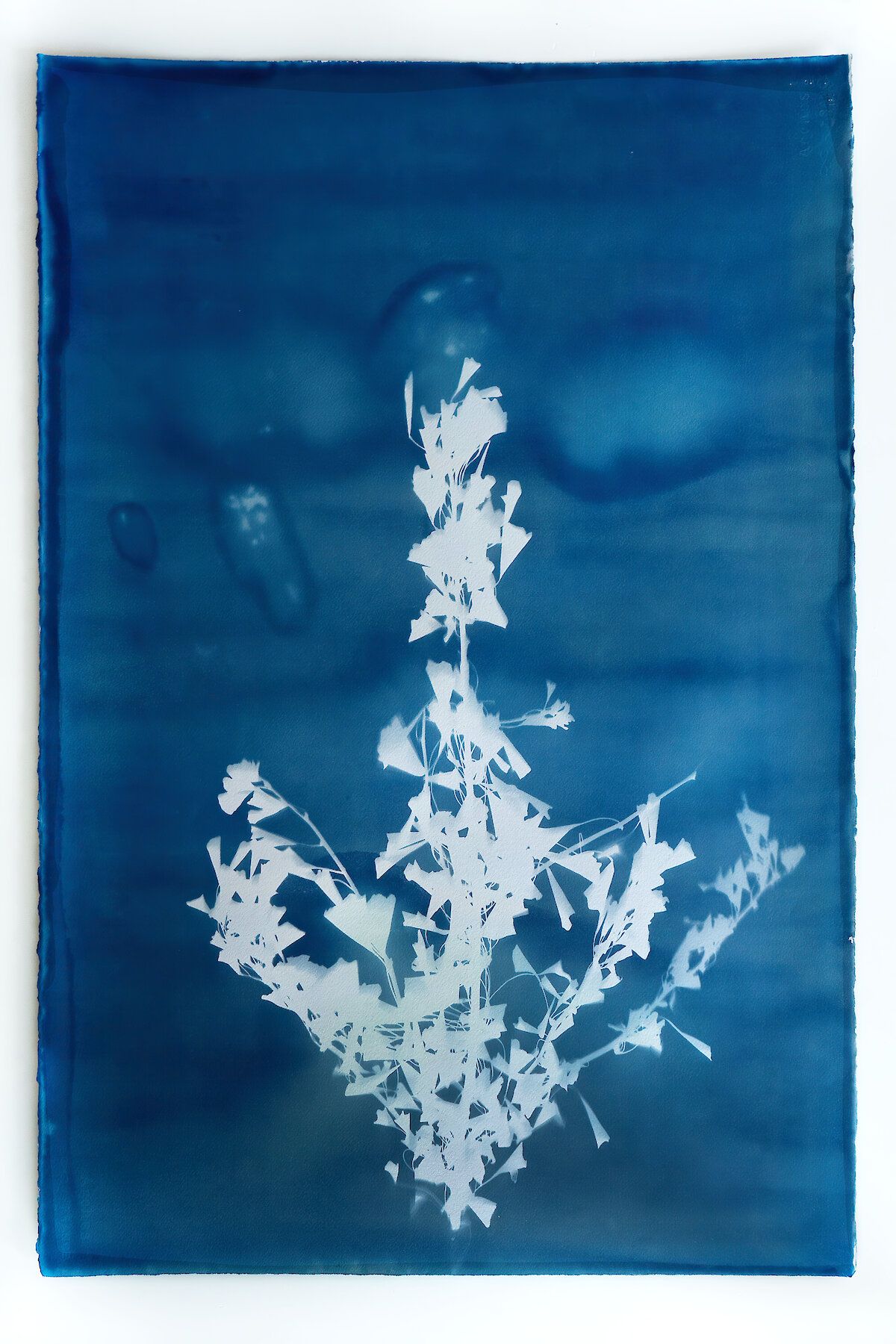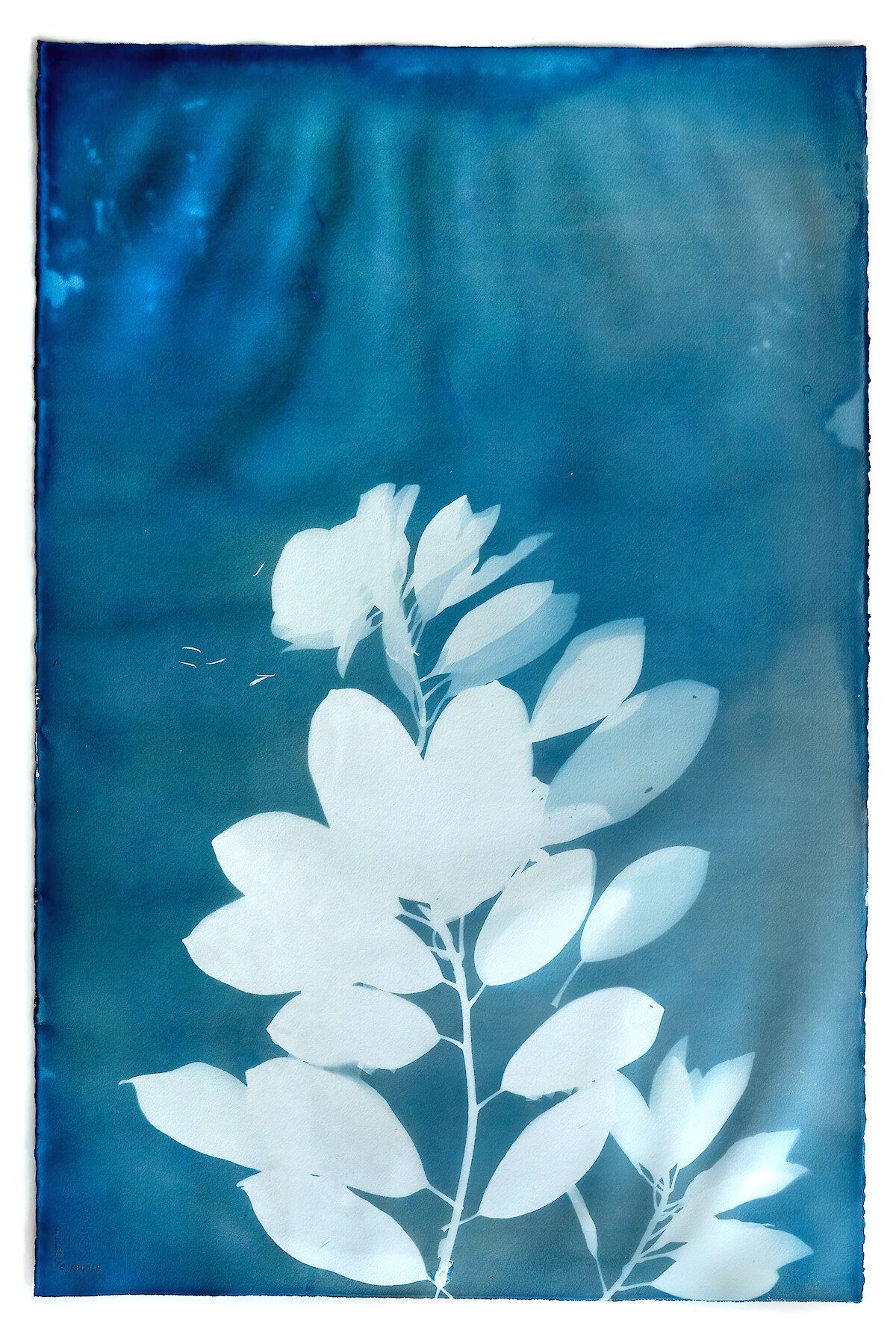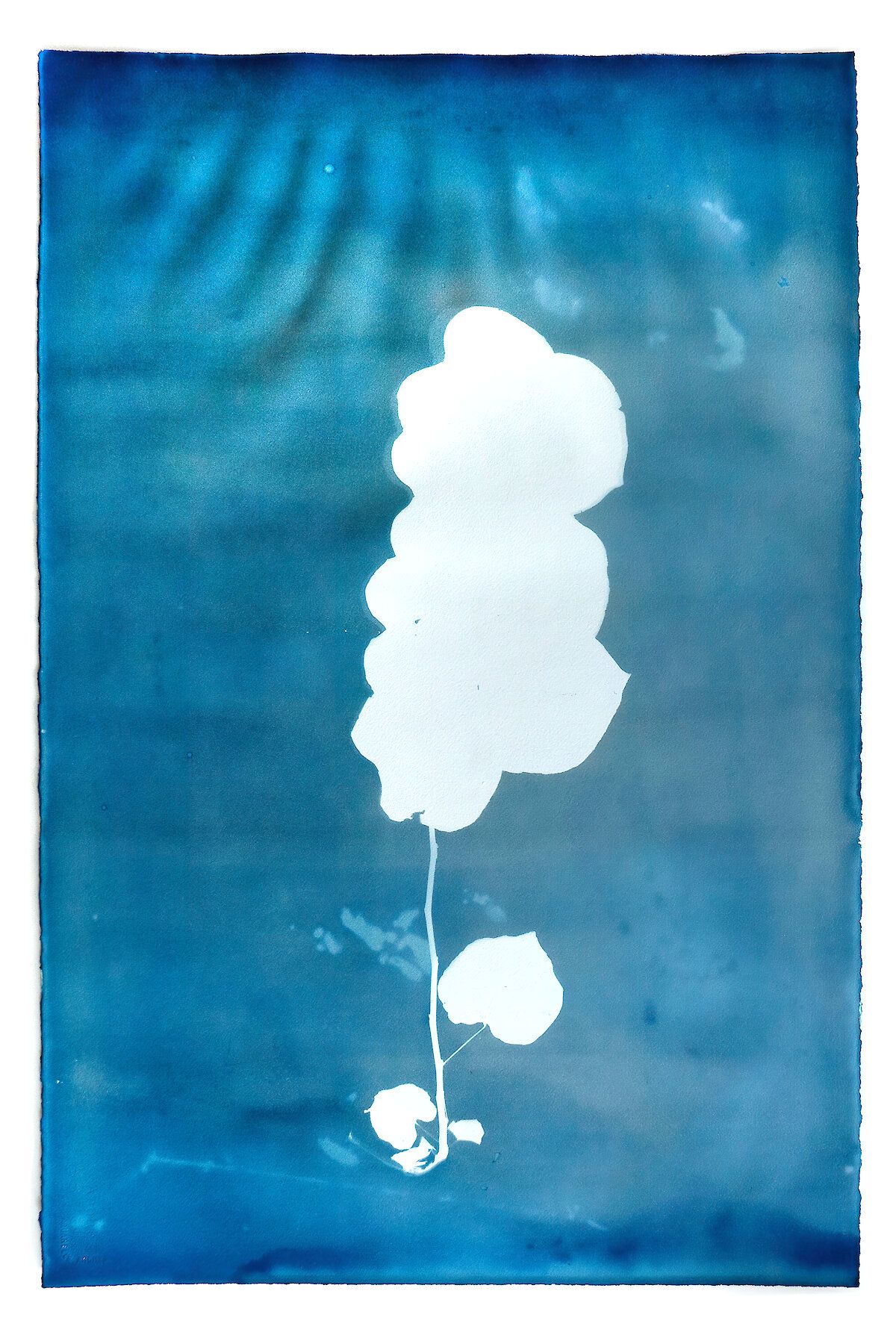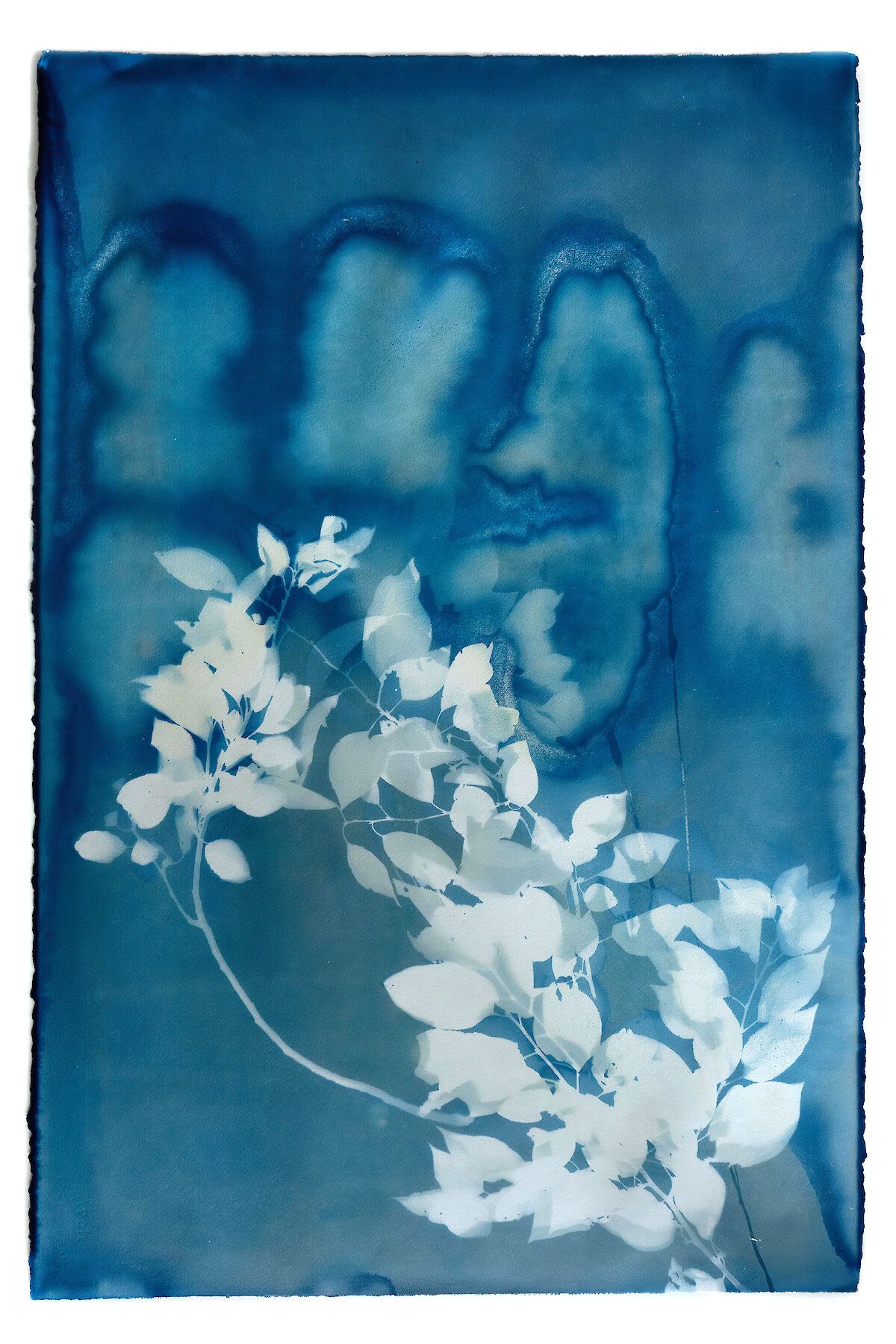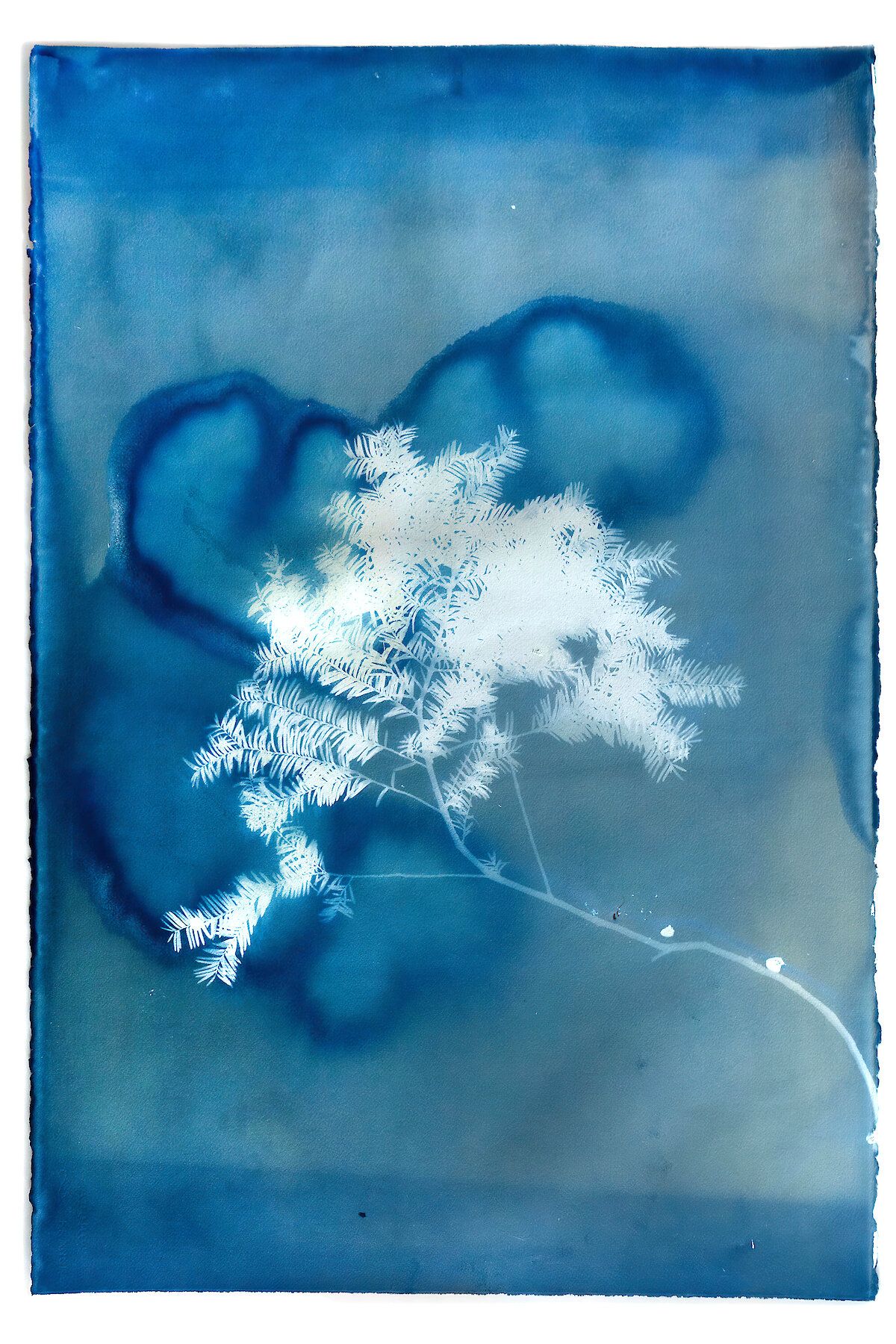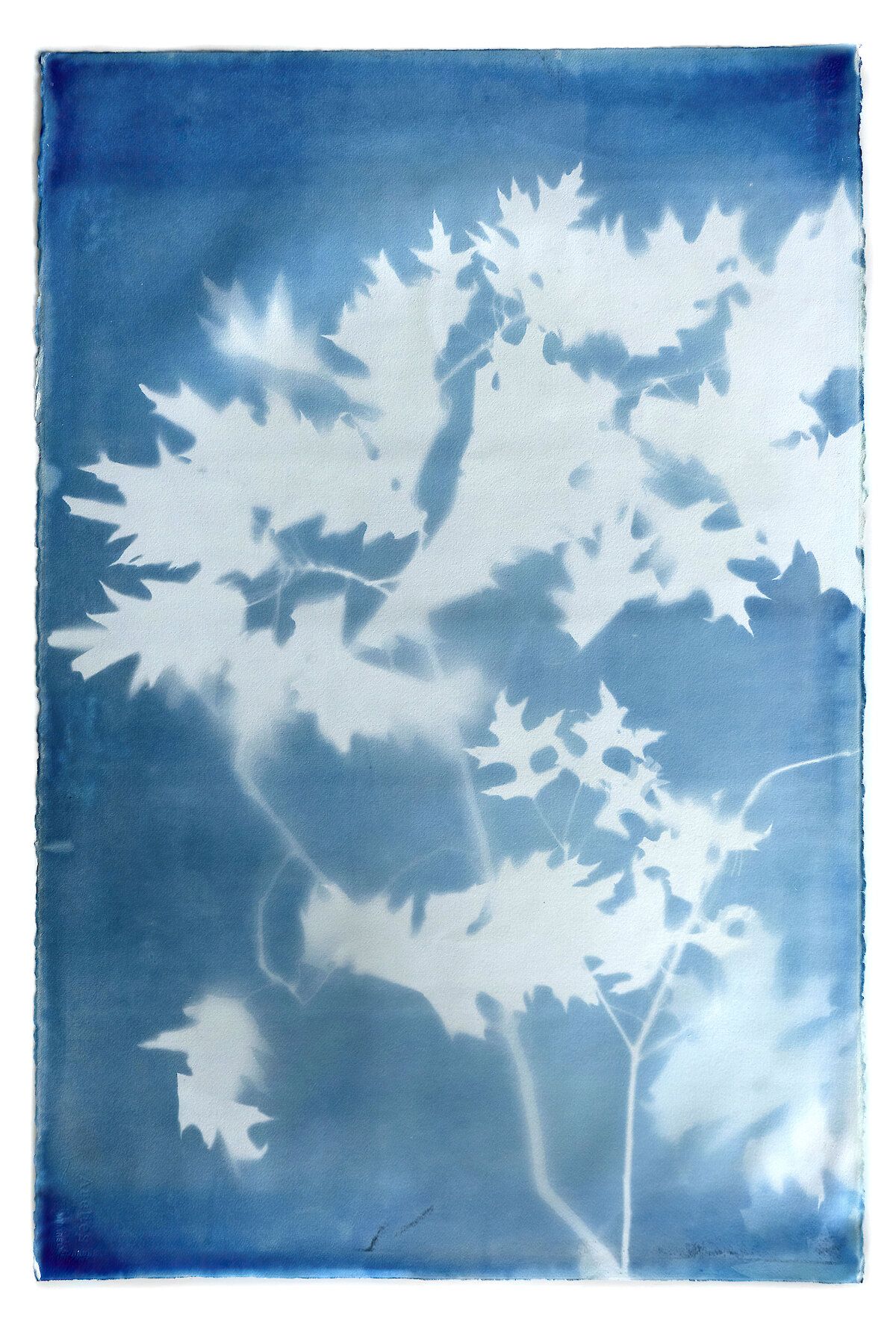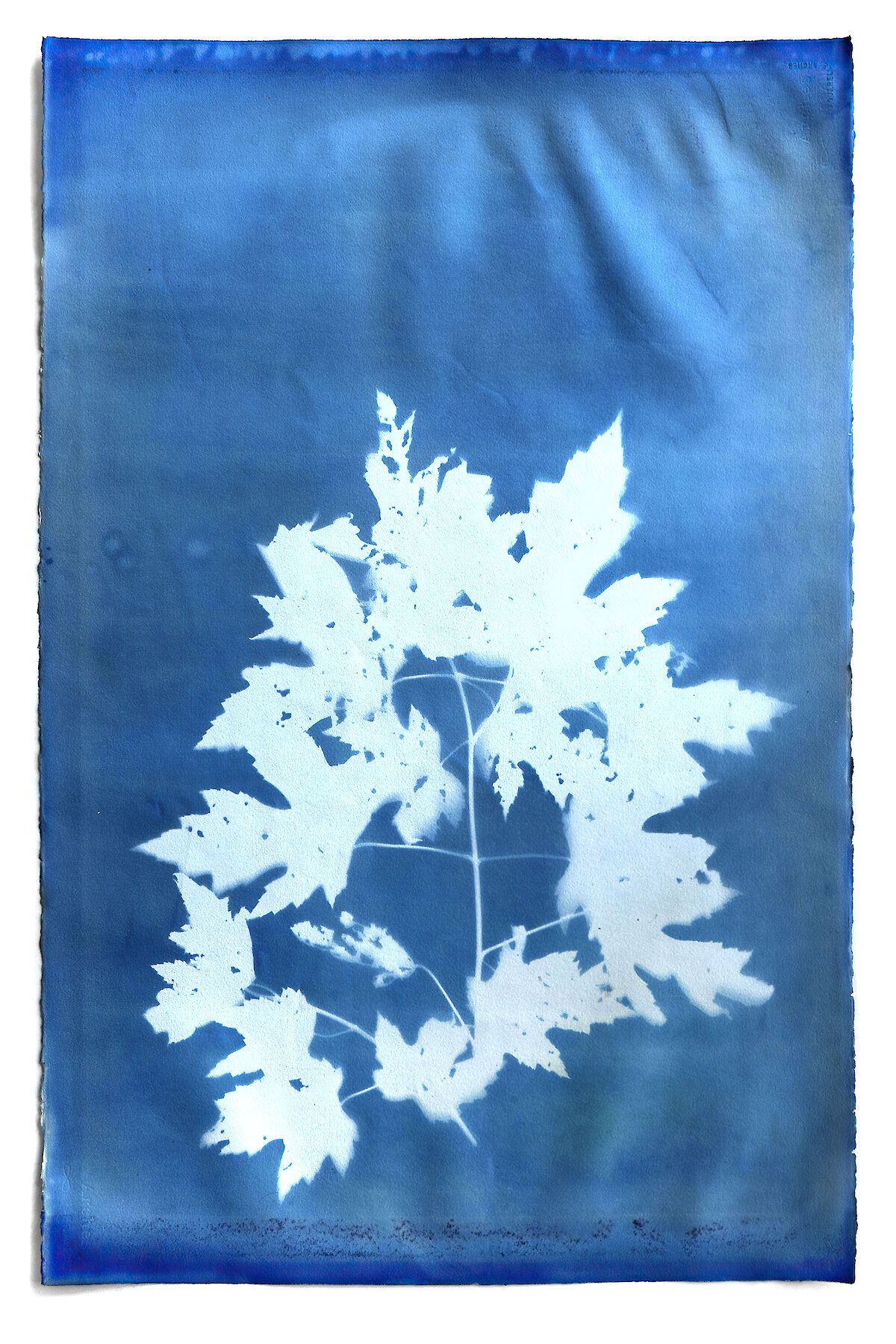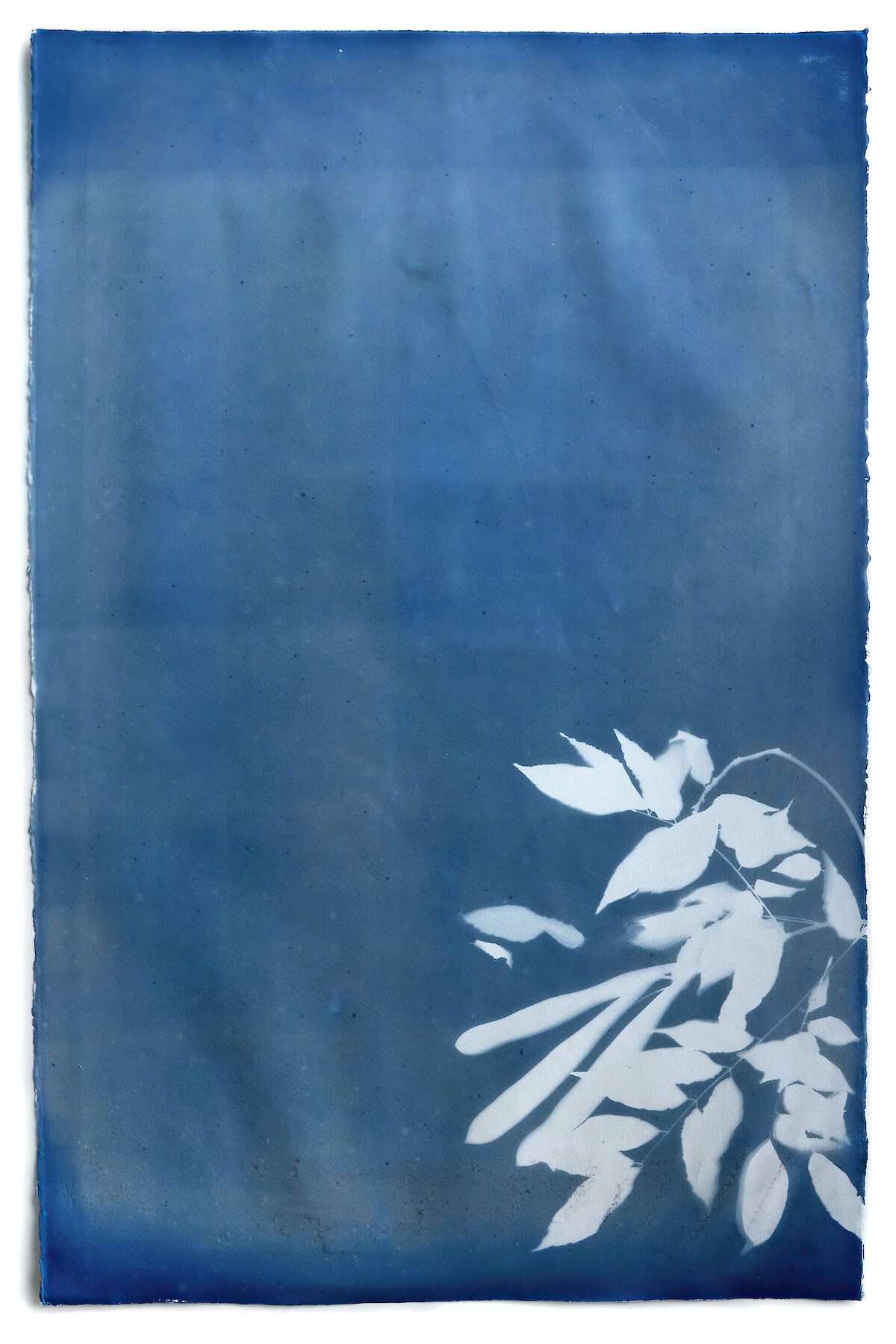Rosell Meseguer
4 / 5
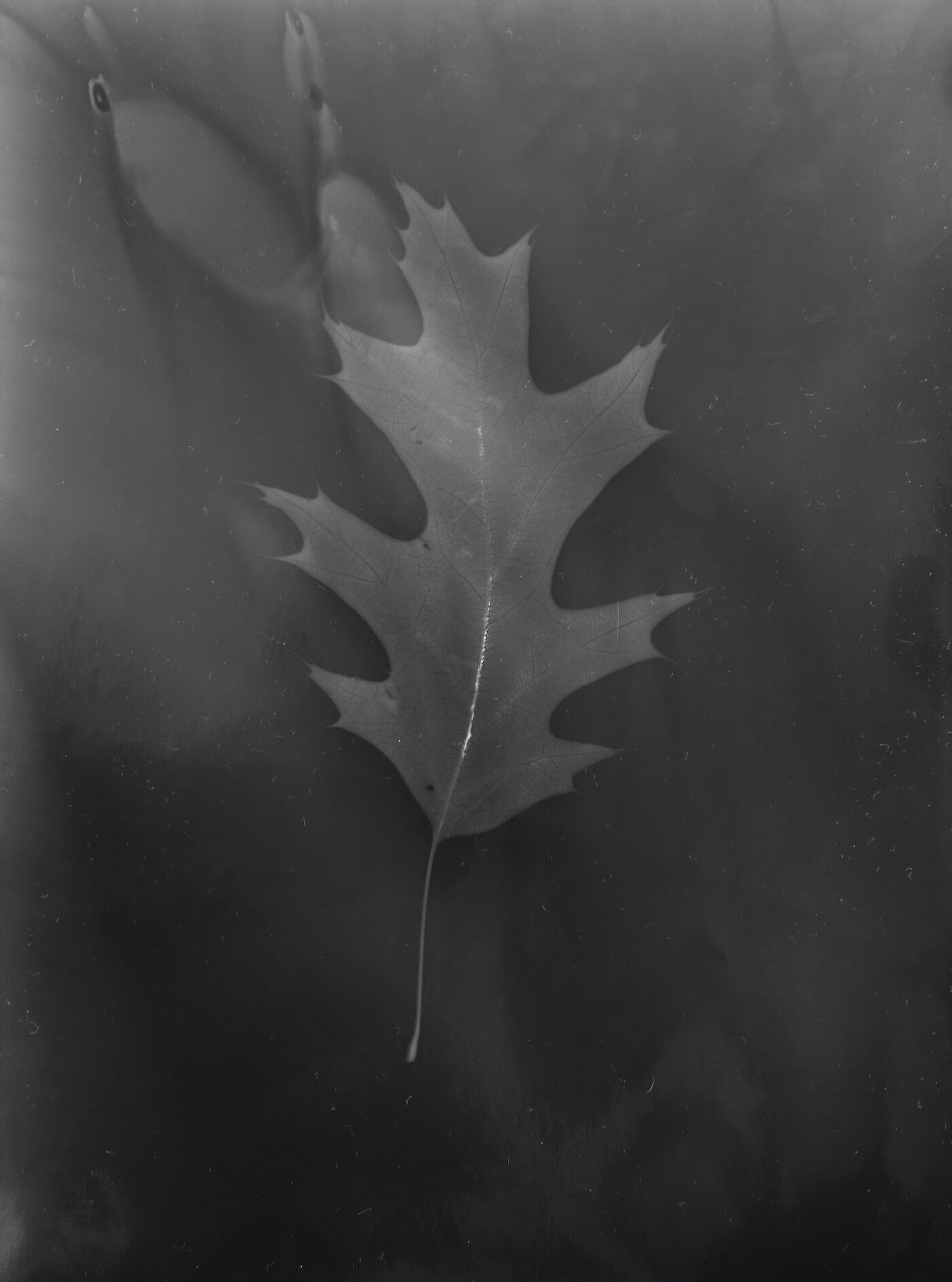
City of Power. City of Trees
George Washington, Thomas Jefferson, John Quincy Adams, and other U.S. presidents were all horticulturists. The city was planned over 200 years ago by a French engineer Pierre L’Enfant, after a commission by Georges Washington. His project, which included parks and woodland, is the root that explains how the country’s politics, history, science, art, and technology can be told through its trees, flowers, and plants.
In 1889, an article in Harper’s Magazine reported: “The city of Washington, the capital of the nation, exceeds in beauty any city in the world. The grand conception of the plan of its broad streets and avenues paved with asphalt, smooth as marble, and its hundreds of palatial residences erected in the highest style of art, but above all, its magnificent trees, make it without a peer.”
In the series City of Power. City of Trees, Rosell Meseguer has collected and resignified each of the selected plants:
- Saucer magnolia: Lafayette Square.
- Viburnum plicatum tomentosum: Dumbarton Oaks.
- Northern red oak: Union Station.
- Ginkgo tree; Library of Congress.
- Sawtooth oak or Japanese oak: the Mall.
- Willow oak and English yew or Common yew: The Capitol.
- Acer: Washington Monument.
- Conifers and pines: Arlington Cemetery.
- Cherry blossoms in the Tidal Basin: a gift from Japan.
- Sweetgum or Redgum: Constitution Gardens.
- Franklinia alatamaha or Ben Franklin tree: Dumbarton Oaks.
- The flora of the Watergate Building…
Every president has picked up a space to plant a tree at no. 1600, Pennsylvania Avenue, linking botany with power, almost as a performance, a symbolic ritual.
